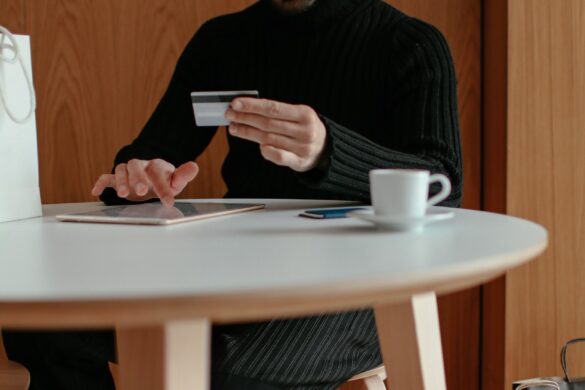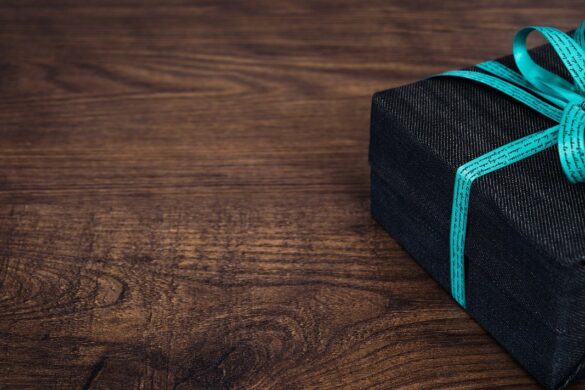 Bargain Hunters
Bargain Hunters
Something of a light bulb illuminated in me when my good friend and manager of the Sadigh Gallery, John Gilbert, exuberantly exclaimed that the 500 pounds in his wallet was a result in dabbling with selling antiques, a little side hobby of his.
From explaining his favorite TV shows as Bargain Hunt and Salvage Hunters, John discovered his passion for reengaging with the real world and history, away from his computer screen and his day job that attaches him to that.
It was clear to see that the buying and selling of old artifacts is an engagement with real worlds artifacts and histories and has enormous capacity for education and community.
Despite the excitement of such finding, John was extremely animated to signpost the pitfalls of taking on such a hobby. Here are some of them.
Pitfalls:
Why?
When looking to buy an antique item, the first thing to ask yourself , says John, is what is attracts you to this item, followed by do you like it? The chances are that if you do, and you know the reason behind your attraction then this will be abundant clear when talking about this item to a potential buyer. Enthusiasm and art go hand in hand, since it is the never ending curiosity and wonder of creative endeavors to understand another person’s mind through their craft. TO this end, don’t buy an item simply because you have seen it on other people’s shelves and figured you would make a quick buck. Such cynical buying leads mostly to cluttered shelves of disappointing anecdotes.
Aged or old?
Just because something looks old, doesn’t make it so. When looking at an old rocking chair, look for softened indentations in the wood for this will prove material has succumbed to use over sustained periods. Be wary of sharp indentations in wood. Also look out for any traces of dark staining to upholstery which might signify tampered staining to disguise new material.
Discolored ornaments could be purposefully exposes to UV light sources. Rather than simply go for a sun bleached ceramic, research your makers and identify signatures and insignias as signposts to an items authenticity.
Also, consider how an item might be handled or used. If it’s markings don’t correspond to the use of the object e.g. a rocking chair with little evidence with ground contact or a cabinet with clean straight edges, it’s possible it might be made more recently than it’s been valued at.
Benefits:
Despite these challenges, buying and selling artifacts is a fun and creative way to gamble. Of course if it’s something as a means to generate money, taking a punt on an item for its inherent beauty is a betting on beauty.
Consider the fact that there’s a community of other dealers involved with the circulation of historical artifacts, all with very different circumstantial positions. Despite the competitive nature to the serious collectors, there’s s wealth of informative peers that makes for an excellent community of practice.
Consider antique dealing as a means to learn a secret history. Gamble what you can afford to lose and you will find yourself in a sensory disclosure of historical learning.








